
Sharad Govindrao Pawar is an Indian politician. He has served as the Chief Minister of Maharashtra for four terms and has also served in the Union Council Of Ministers as the Minister of Defence in the Cabinet of P.V Narsimha Rao and Minister of Agriculture in the Cabinet of Manmohan Singh. He is the first and current president of the Nationalist Congress Party (NCP), which he founded in 1999, after separating from the Indian National Congress. He leads the NCP delegation in the Rajya Sabha, the upper chamber of the Indian parliament. He is the chairperson of Maha Vikas Aghadi, a regional Maharashtra-based political alliance.

A cloudburst is an extreme amount of precipitation in a short period of time, sometimes accompanied by hail and thunder, which is capable of creating flood conditions. Cloudbursts can quickly dump large amounts of water, e.g. 25 mm of the precipitation corresponds to 25,000 metric tons per square kilometre. However, cloudbursts are infrequent as they occur only via orographic lift or occasionally when a warm air parcel mixes with cooler air, resulting in sudden condensation. At times, a large amount of runoff from higher elevations is mistakenly conflated with a cloudburst. The term "cloudburst" arose from the notion that clouds were akin to water balloons and could burst, resulting in rapid precipitation. Though this idea has since been disproven, the term remains in use.
A mining accident is an accident that occurs during the process of mining minerals or metals. Thousands of miners die from mining accidents each year, especially from underground coal mining, although accidents also occur in hard rock mining. Coal mining is considered much more hazardous than hard rock mining due to flat-lying rock strata, generally incompetent rock, the presence of methane gas, and coal dust. Most of the deaths these days occur in developing countries, and rural parts of developed countries where safety measures are not practiced as fully. A mining disaster is an incident where there are five or more fatalities.
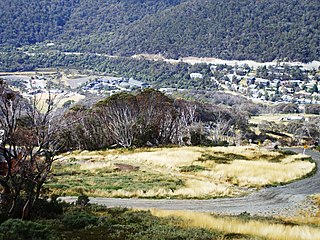
The Thredbo landslide was a catastrophic landslide that occurred at the village and ski resort of Thredbo, New South Wales, Australia, on 30 July 1997. Two ski lodges were destroyed and 18 people died. Stuart Diver was the only survivor.
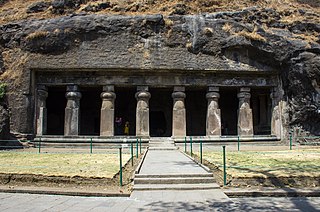
Raigad district, previously Colaba district, is a district in the Konkan division of Maharashtra, India.

Supriya Sule is an Indian politician from the Nationalist Congress Party and currently a Member of Parliament, Lok Sabha representing Baramati since 2009, leader of Nationalist Congress Party in Lok Sabha since 2014 and the Working National President of Nationalist Congress Party since 2023. Previously, she served as the Member of Parliament, Rajya Sabha from Maharashtra from 2006 to 2009. In 2011, she launched a statewide campaign against female foeticide. Recently, she has been honored with Mumbai Women of the Decade Achievers Award by All Ladies League for social service. She is the daughter of Sharad Pawar, chief of Nationalist Congress Party.

The 2010 Ugandan landslide occurred in the Bududa District in eastern Uganda on 1 March 2010. The landslide was triggered by heavy rain between 12 pm and 7 pm that day. At least 100 people were believed to have been killed, and 94 bodies were found.

Ambegaon taluka is a taluka in Shirur subdivision of Pune district of state of Maharashtra in India. One of the twelve most revered Shiva temples or Jyotirlinga, the Bhimashankar Temple is in this khed (Rajgurunagar) taluka. But due to Bhimashankar Sanctuary, the road is through Ambegaon taluka

On 7 April 2012, an avalanche hit a Pakistan Army base in Gayari Sector, near the Siachen Glacier region, trapping 140 soldiers and civilian contractors under deep snow. The incident occurred at an altitude of about 4,000 meters and 300 km northeast of Skardu. It was the worst avalanche that the Pakistani military has experienced in the area.
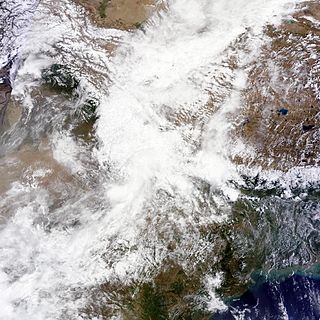
In June 2013, a mid-day cloudburst centered on the North Indian state of Uttarakhand caused devastating floods and landslides, becoming the country's worst natural disaster since the 2004 tsunami. The rainfall received that month was far greater than the rainfall the state usually received. Debris blocked the rivers, causing major overflow. The main day of the flood was 16 June 2013.
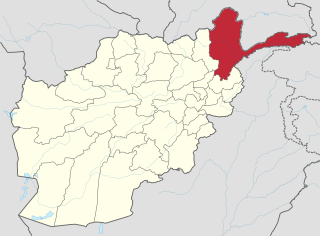
On 2 May 2014, a pair of mudslides occurred in Argo District, Badakhshan Province, Afghanistan. The death toll is uncertain, the number of deaths varying from 350 to 2,700. Around 300 houses were buried and over 14,000 were affected. Rescuers responding to the initial mudslide were struck by a second mudslide, which further hampered rescue efforts.

At 7:30 am on 29 October 2014, a landslide struck the Sri Lanka district of Badulla, killing at least 16 people and leaving an estimated 200 missing. The landslide was triggered by monsoon rains, and occurred at about 7:30 AM local time.
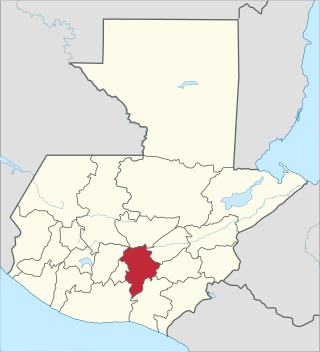
On October 1, 2015, heavy rains triggered a major landslide in the village of El Cambray Dos within Santa Catarina Pinula, Guatemala—15 km (9.3 mi) east of Guatemala City, killing at least 280 people and leaving dozens unaccounted for across the village. The landslide leveled much of the village, leaving some areas under 15 m (49 ft) of earth and debris.

Cyclonic Storm Roanu was a relatively weak tropical cyclone that caused severe flooding in Sri Lanka and Bangladesh during May 2016. It is the first tropical cyclone of the annual cyclone season. Roanu originated from a low-pressure area that formed south of Sri Lanka, which gradually drifted north and intensified into a cyclonic storm on 19 May. However, wind shear and land interaction caused it to weaken slightly, before reintensifying as it accelerated towards the coast of Bangladesh.
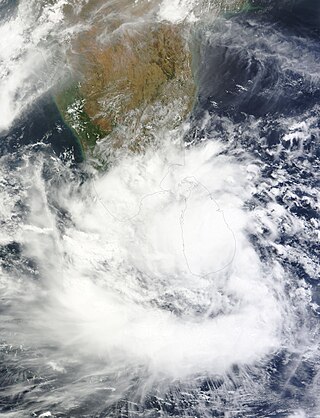
Beginning on 14 May 2016, a low pressure area over the Bay of Bengal caused torrential rain to fall across Sri Lanka, causing floods and landslides which affected half a million people. As of 25 May 2016 the death toll was 101 with 100 missing.
On 16 August 2017, severe flooding caused a mountainside to collapse, triggering a landslide which affected a fishing village in the Democratic Republic of Congo's Ituri province. The disaster killed at least 200 people. Much of the damage is attributed to poorly regulated housing in vulnerable mountainous regions and heavy deforestation.
The Brahmaputra floods refers to a catastrophic flood event that occurred in 2012 along the Brahmaputra River and its tributaries, as well as in subsequent years.

The 2021 Uttarakhand flood, also known as the Chamoli disaster, began on 7 February 2021 in the environs of the Nanda Devi National Park, a UNESCO World Heritage Site in the outer Garhwal Himalayas in Uttarakhand state, India. It was caused by a large rock and ice avalanche consisting of material dislodged from Ronti peak. It caused flooding in the Chamoli district, most notably in the Rishiganga river, the Dhauliganga river, and in turn the Alaknanda—the major headstream of the Ganges. The disaster left over 200 killed or missing. Most were workers at the Tapovan dam site.
A large landslide occurred in Noney district of the Indian state of Manipur near the Tupul railway construction site on the night of 30 June 2022. It killed 58 people and three people were missing. Eighteen people were injured. Twenty-nine Indian Army personnel and 29 civilians were among the deceased. Of the missing three people, two were civilians and one was an Indian Army personnel.
On 19 July 2023 at approximately 22:30 local time, a landslide occurred in Raigad, Maharashtra, India. The landslide was caused by torrential rains, and resulted in at least 26 deaths, with more than 100 estimated trapped under debris.
















